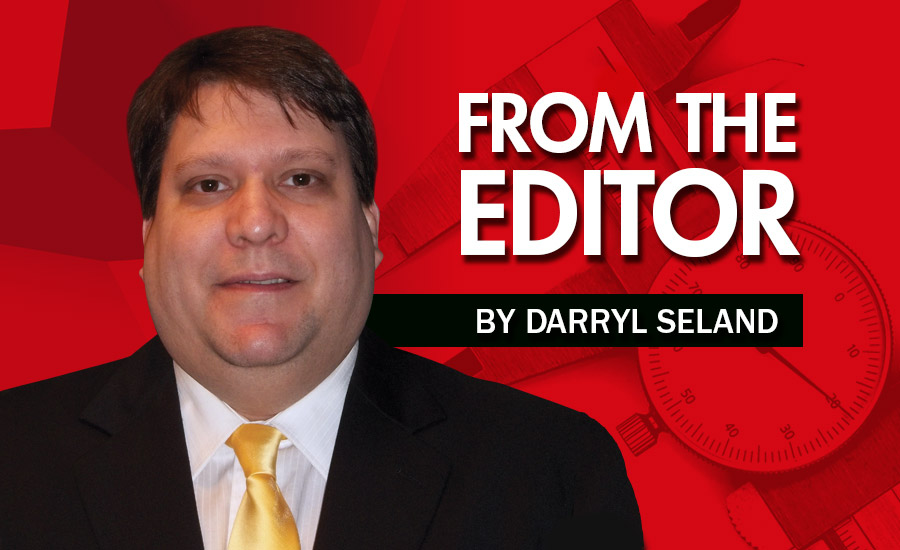Although the existence of the grocery and its study have never been found, years-and-years of rumors began attributing the story to big-box chains and other retailers, all of which also have never been confirmed. Whether the story is true or not, it has become an analogy for the proliferation of predictive analytics and data mining in the retail industries, among others.
Add behavioral analysis to the mix and you get decoy pricing, “a tactic that boosts sales of high-profit items by creating another version of the product solely to make the pricier versions seem economical by comparison.” Take, for instance, a watch company with two products to present to consumers: an expensive, high-profit luxury watch and a low-cost, bare-bones watch. The watch company would prefer consumers buy the high-profit luxury watch, but would find that with these two options, a majority of consumers would purchase the less-expensive option. However, by taking advantage of the psychology of consumers, the watch company could create a third, middle-of-the-road watch and price it just a little less than the luxury watch, creating an option that makes the luxury watch seem like a bargain. The middle-of-the-road watch is a “decoy” meant to drive consumers to the choice the watch company wants them to make, the high-profit luxury watch.
This marketing method is also seen quite readily at the movie theater and coffee shop. A small coffee or popcorn for $2 wins over the large for $8, but introduce a medium for $7 and most consumers will purchase the large under the thinking that “it’s only a dollar more than the medium.”
That’s the theory, at least. Goldilocks chose the porridge and beds that were just right. The story never mentioned if the second porridge was purposely cooled-off by an overzealous marketer or if springs were removed from the second bed by a bed manufacturer that wanted Goldilocks to sleep in the third bed. But, like Goldilocks, consumers and businesses have options and they can be difficult to navigate. After all, not every situation provides only three options in which one is “too this,” one is “too that,” and one is “just right.”
This month’s Qualityaims to help. “Q&A: Keeping Track of Gage Management Software” can help you navigate the many choices in calibration management software and pick the one that’s right for your business. And “Depth Measurement” will answer the question, is the hole too deep, not deep enough or just right?
As always, enjoy and thanks for reading!


